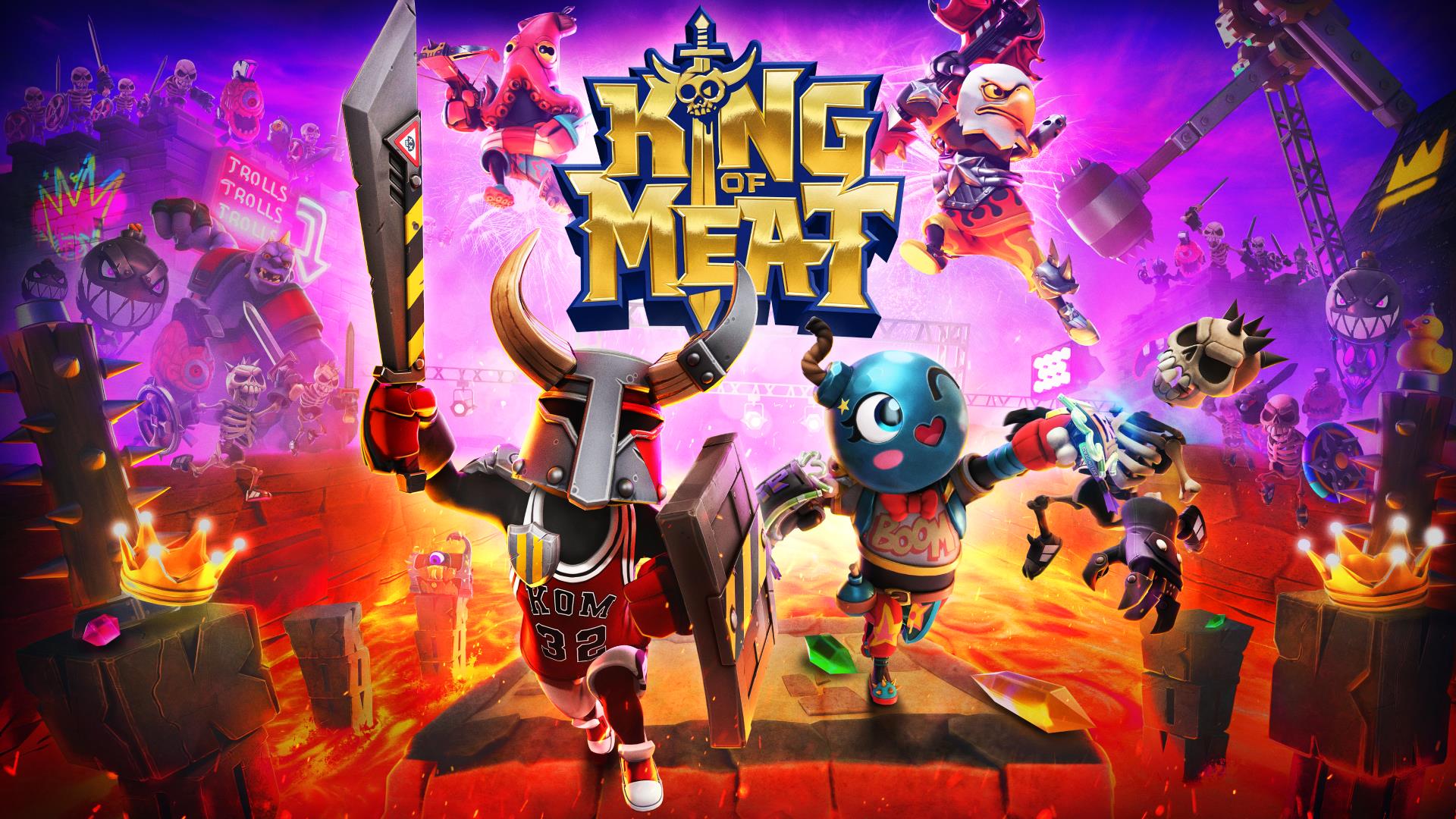Ever thought about how fire can change gameplay dynamics? Imagine a flamethrower that not only acts as a weapon but also alters the environment realistically. With the right implementation, fire can propagate from grass to trees, creating a chain reaction of destruction that players can utilize strategically.
To elevate your game's realism, experiment with fire propagation mechanics. Consider how burning environments can affect player tactics: should they burn a path or create a diversion? And what about the aftermath—how will the landscape look after the flames die down?
Let's discuss your favorite game mechanics that use environmental interaction! What ideas do you have to incorporate realistic fire in your projects?
#GameDev #UnrealEngine #FireMechanics #IndieGame #LevelDesign
To elevate your game's realism, experiment with fire propagation mechanics. Consider how burning environments can affect player tactics: should they burn a path or create a diversion? And what about the aftermath—how will the landscape look after the flames die down?
Let's discuss your favorite game mechanics that use environmental interaction! What ideas do you have to incorporate realistic fire in your projects?
#GameDev #UnrealEngine #FireMechanics #IndieGame #LevelDesign
Ever thought about how fire can change gameplay dynamics? Imagine a flamethrower that not only acts as a weapon but also alters the environment realistically. With the right implementation, fire can propagate from grass to trees, creating a chain reaction of destruction that players can utilize strategically.
To elevate your game's realism, experiment with fire propagation mechanics. Consider how burning environments can affect player tactics: should they burn a path or create a diversion? And what about the aftermath—how will the landscape look after the flames die down?
Let's discuss your favorite game mechanics that use environmental interaction! What ideas do you have to incorporate realistic fire in your projects?
#GameDev #UnrealEngine #FireMechanics #IndieGame #LevelDesign
0 Σχόλια
·0 Μοιράστηκε












